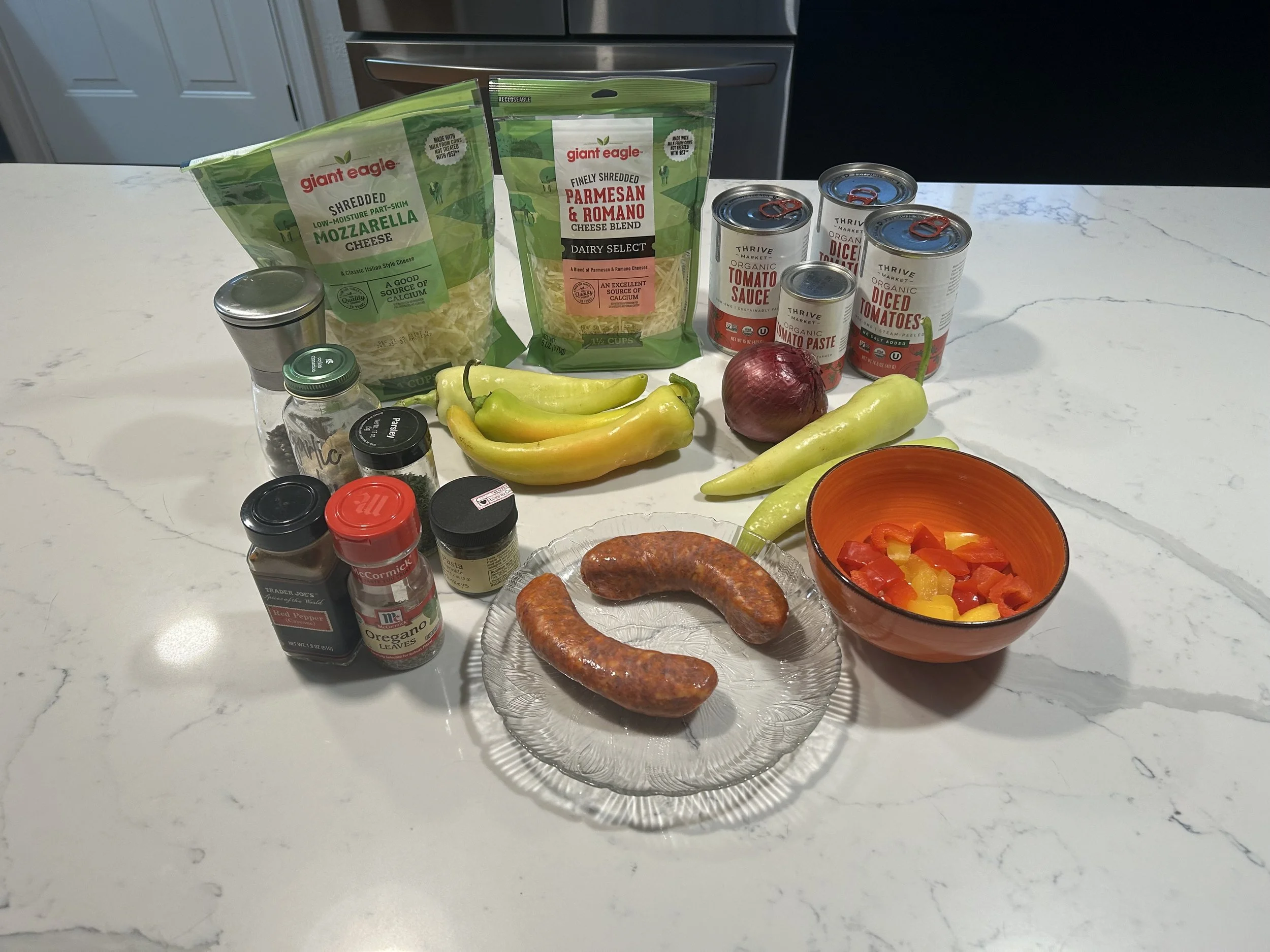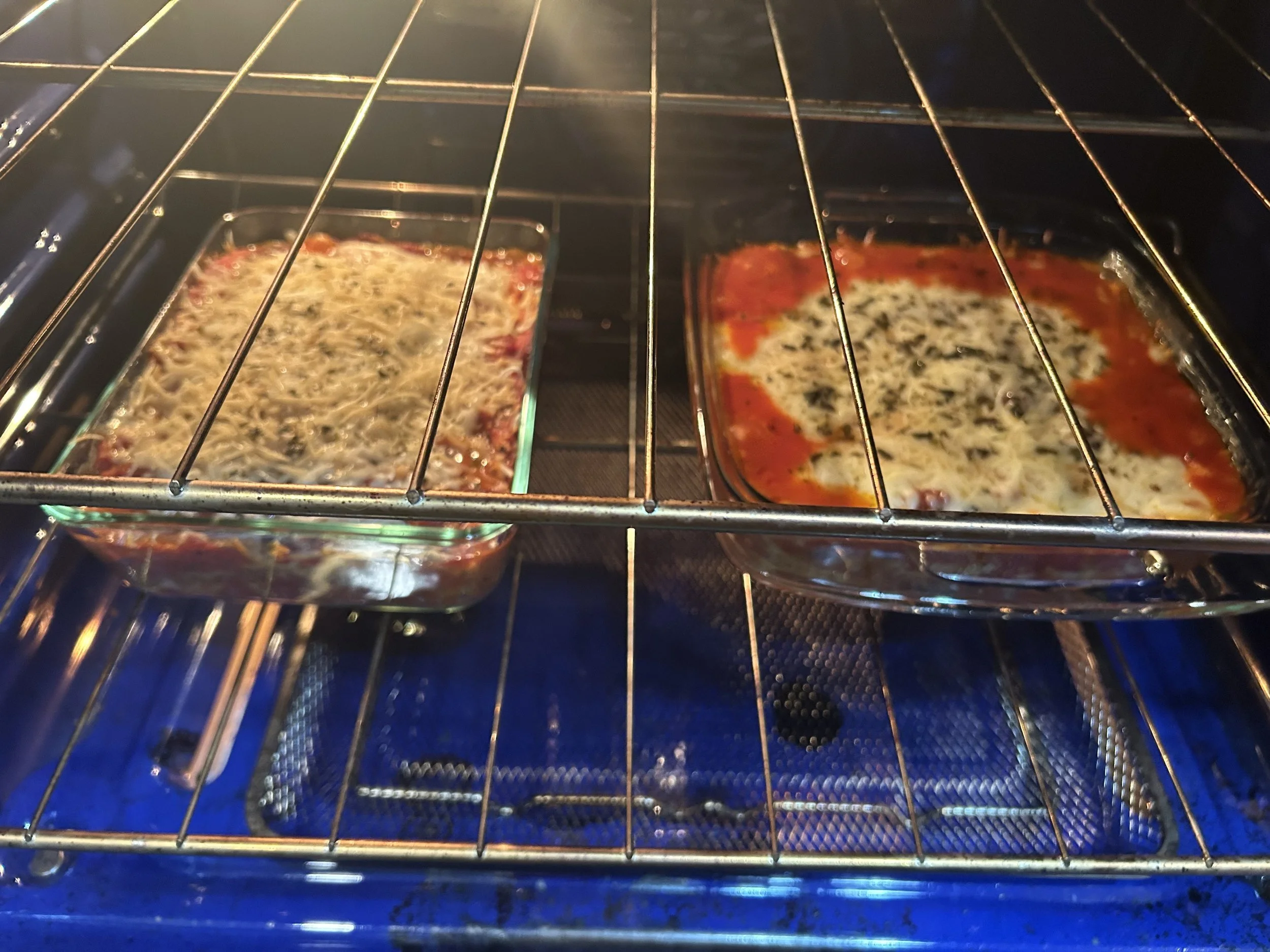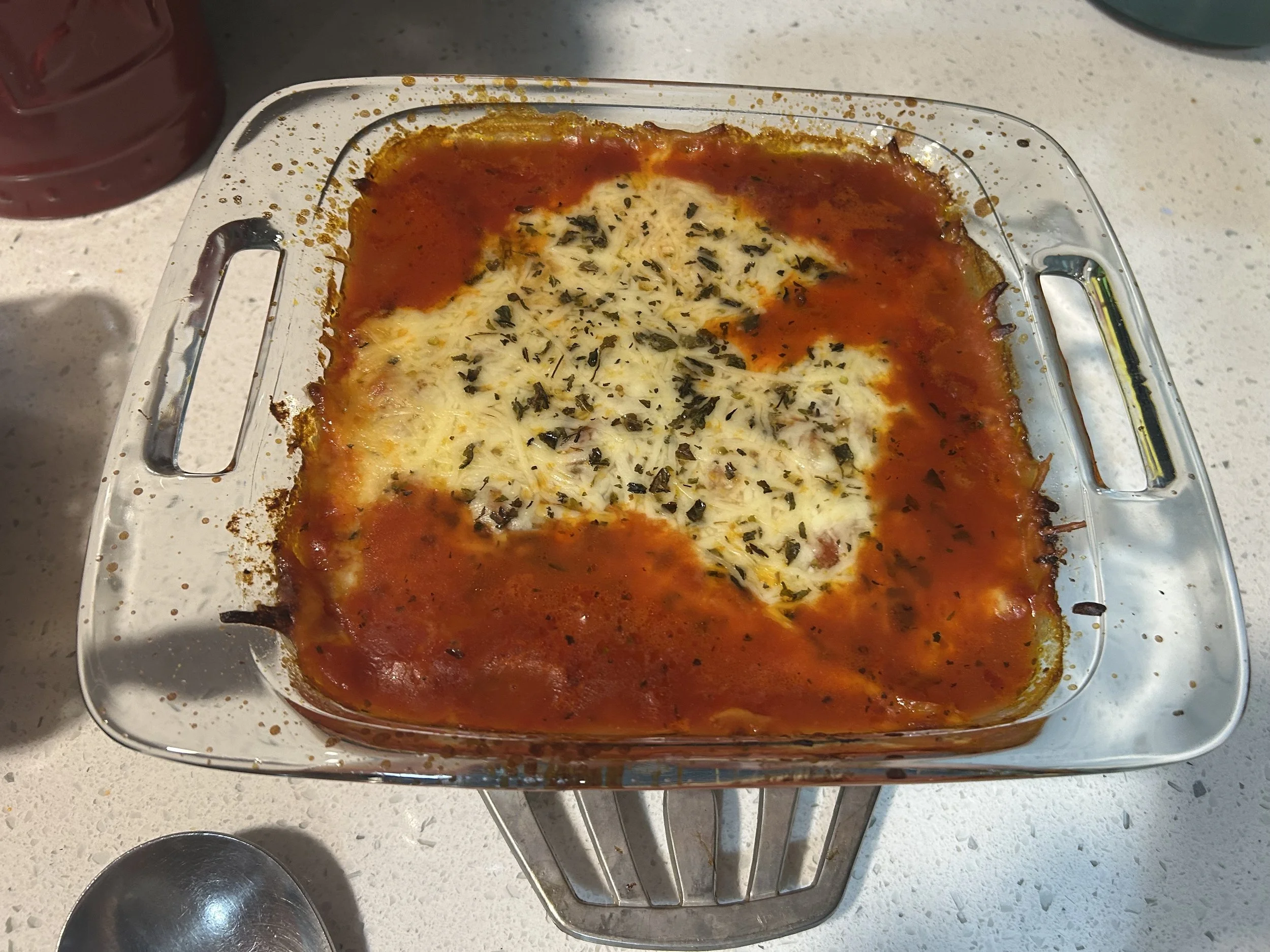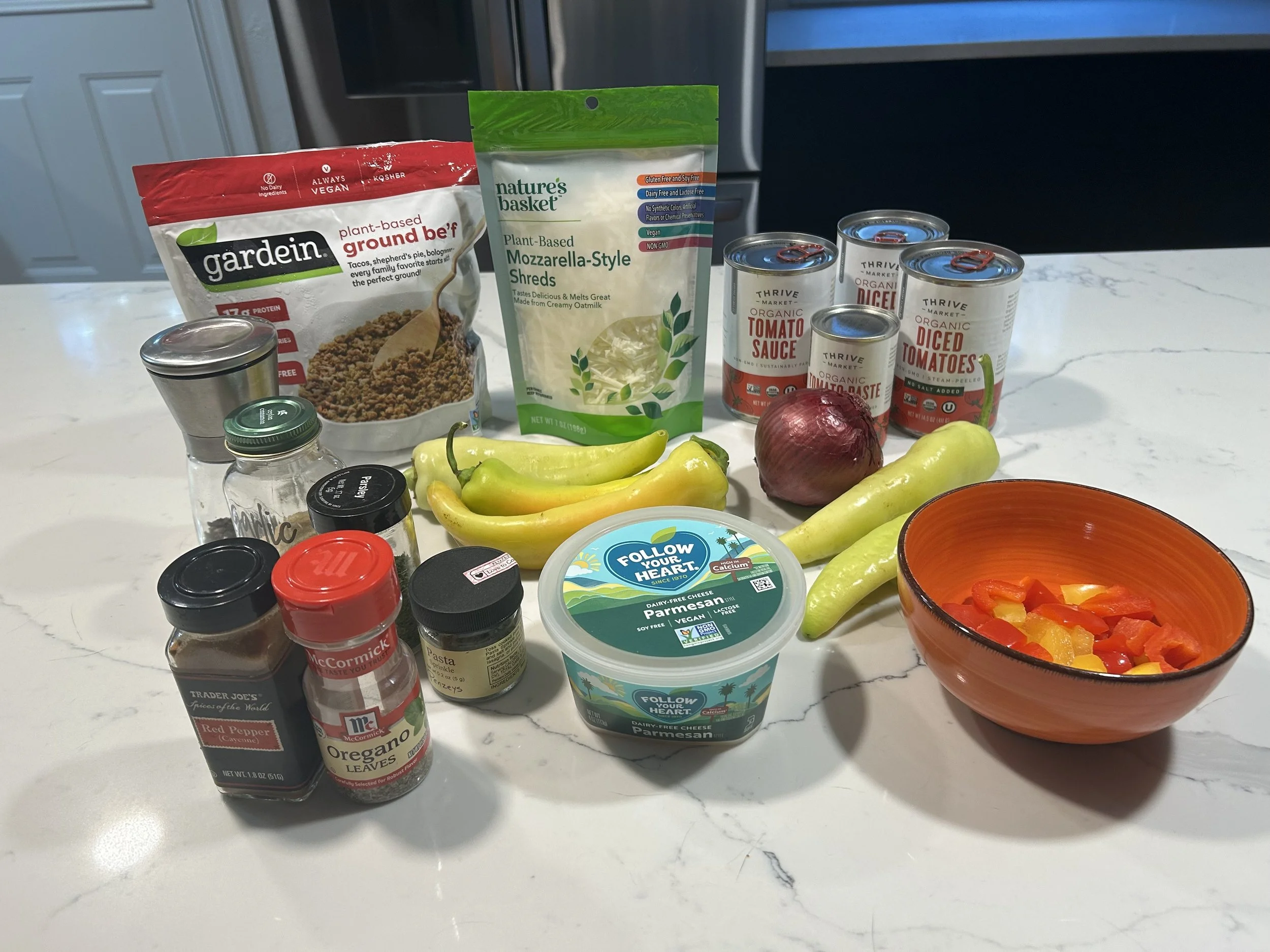This month is a two-fer of sorts. I’m featuring two fruits that most people consider to be vegetables - banana peppers and tomatoes.
When friends gifted us some banana peppers from their garden, I decided to make stuffed banana peppers. Here is the link for the recipe I chose, https://thishomekitchen.com/stuffed-banana-peppers/
Before I get to the recipe, let me explain what makes tomatoes and peppers fruits.
The classification of a botanical fruit depends on certain physiological characteristics - structure, function, and organization of the plant.
Fruits are seed-bearing products that grow from the ovary of a flowering plant. Botanical fruits have at least one seed and grow from the flower of the plant.
Vegetables, in botanical terms, encompass all other edible aspects of the plant, the stem, leaves, and root.
Culinary classifications define fruits and vegetables using different criteria based on how plants are used and their flavor profiles. Vegetables are usually tougher skinned with blander flavors, and often require cooking. Fruits have softer skins, are tart or sweet and not bland, and they can be eaten cooked or raw, or served in desserts or jams/jellies. Peeper jelly and tomato jam are delicious!
Here’s a fascinating fact about tomatoes. While botanically a fruit, tomatoes became legally classified as vegetables because of a Supreme Court ruling, Nix v. Hedden, 1893. In 1883, President Chester A. Arthur signed the Tariff Act of March 3, 1883, into law. Under this act, produce shipping companies had to pay an import tax on vegetables, not fruits. John Nix, the owner of a large produce distribution company in New York City filed a claim against Edward L. Hedden, the head of Port Collections of New York for unfairly making him pay the vegetable tax on tomatoes which are fruit. The Supreme Court decided that because tomatoes were served with the main meal instead of with dessert, most people thought of them as a vegetable, and they should be classified as a vegetable for the purposes of taxation. Botanists still classify tomatoes as a fruit because of science. The U.S. Customs and Border Protection Agency followed the money and labeled them a vegetable, and that hasn’t changed. Personally, I follow the science and consider them a delicious fruit.
Back to this recipe. It’s easy to follow and easy to customize to suit your family’s tastes. I added diced green, red, and yellow bell peppers and onions to my sauce and a few spices. I’ve made it twice now. It’s that good. The second time I served it over Ziti noodles. Each time I made the standard recipe and a Vegan version. It was easy to adapt using plant-based cheeses and a plant-based meat alternative to the Italian sausage.
This recipe is definitely a keeper and on its way to becoming a family favorite!
The Twelve Months of Fruit (2025)
January – Fruit salad with strawberries, blueberries, raspberries, and grapes (No recipe link)
February – Pears - https://jessicainthekitchen.com/cinnamon-baked-pears-vegan-video/
March – Plantains - https://eatthegains.com/fried-sweet-plantains/ and Cuban Black Beans and Rice with Roasted Peppers and Plantains
April – Bananas - https://rachlmansfield.com/healthy-chocolate-chip-banana-bread-oatmeal-bars-vegan-gluten-free/
May – Pineapple - https://www.thepioneerwoman.com/foodcooking/recipes/a36068289/homemade-dole-whip/
June – Grapes - https://www.jocooks.com/recipes/grape-clafoutis/
July – Blueberries - https://kitchenconfidante.com/blueberry-feta-and-honey-caramelized-onion-naan-pizza-recipe
August – Kiwifruit - https://drizzlemeskinny.com/delicious-kiwi-recipes/
September – Watermelon - https://rainbowplantlife.com/watermelon-cucumber-salad-with-mint-and-basil/
October – Banana Peppers - https://thishomekitchen.com/stuffed-banana-peppers/
Sources Used:












